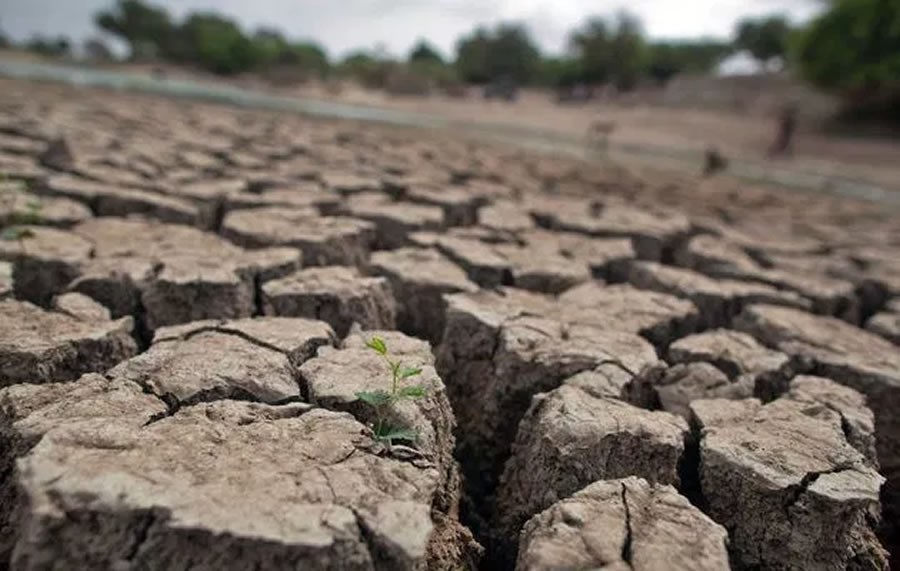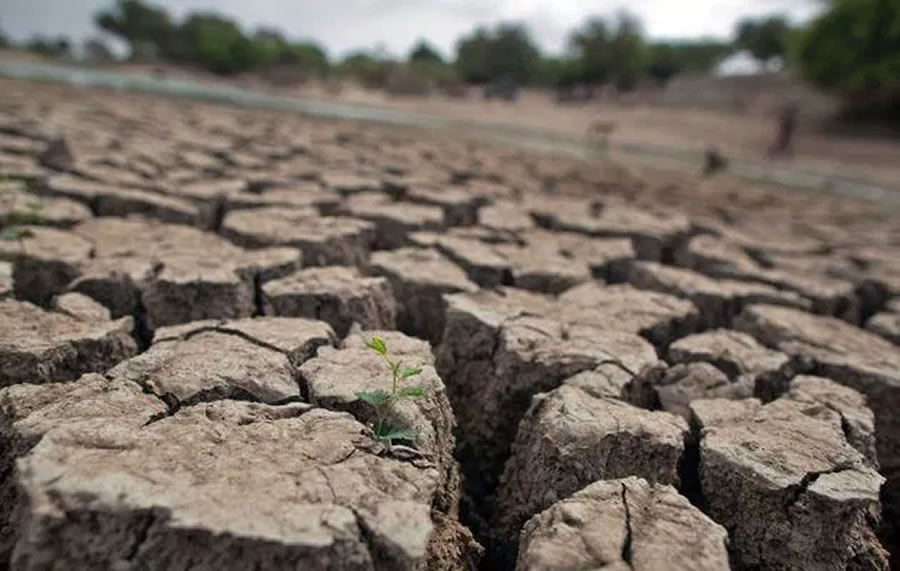
What Happens When the Food Runs Out?
Christmas and New Year have come and gone and somehow we are staring down the barrel at the end of January 2016 with the month of February looming. As a South African expat it’s been great to see all the Facebook posts about all the little tots and kiddies heading back to their first day of […]

Christmas and New Year have come and gone and somehow we are staring down the barrel at the end of January 2016 with the month of February looming. As a South African expat it’s been great to see all the Facebook posts about all the little tots and kiddies heading back to their first day of school. With our starting in September it doesn’t always feel so special but that is purely because we grew up slightly differently.

We spent our December holiday in South Africa on the farm in the eastern Free State.
Being home is always a very special occasion for us as we get to spend time with our family and really connect back to our roots. And this visit was even more special as we welcomed a new family member into the fold, as my sister-in-law got married the week before Christmas.
One of the greatest things about this last visit was the fact that the Rand/Dollar exchange rate was fanatically in our favour as it is the highest it has even been. This was great because we had a ball doing a bit of shopping, eating out and activities.
Ok, it is not so great if you are actually earning rands… but for the expats it was, as they say, like Christmas.
Despite the great shopping and the wonderful time with our families, there was and still is a looming threat in South Africa that most South Africans are either blissfully unaware of or are choosing to ignore.
Being a family of farmers, our family is directly affected by any changes in weather patterns or shift in the seasons… and 2015 has been one of the worst years in record since before 1904, according to the weather bureau.
December for our family has always been occupied by the process of planting, getting the maize and soybeans into the ground before the big December rains.
In past years it was also the month of making sure all the wheat was harvested… but wheat has not been planted for some time now. So unfortunately this year December was a month of waiting and praying for the rain to actually come so that we could plant…
Normally November is quite a wet month, allowing the soil to become moist and ready to be worked and planted but this year there was none. Finally in the first week of December we were blessed with 60mm of rain and it was a crazy flurry of chaos to make sure all the Soybeans and Maize was planted… but then came the waiting game, and boy, did we wait…
December came and went, the clouds built up and they floated right over us. Finally by mid-January we were blessed with a bit of follow-up rain. Over a yearly period our average rainfall would be around 650 – 700mm of rain. In 2015 we had 150mm.
The consequences of this lack of rainfall are that about 50% of the total planted crop is lost.
But the scary thing is that this change in weather pattern has not just been an issue in our lives but in the lives of nearly every farmer in South Africa and neighbouring countries. Subsequently, South Africa is looking at a 50 percent failure in the country’s maize, wheat and Soybean crop… and that 50 percent is being totally optimistic.
Grain South Africa is forecasting 5 million tons of maize imports during the marketing year from May 1 to April 30 next year as well as 2 million tons of wheat imports in the year ended September. However, Transnet Port Terminals Agricultural Bulk operations had a total of just 4 million tons of annual capacity available across all its seven local ports and these seven ports are used not only for South Africa but for many neighbouring countries such as Zimbabwe as well.
Durban Port is the only port which has the capacity to handle the import in Maize into South Africa and it wholly lacks the facilities to manage the tonnage in maize and other grains required for South Africa due to the drought. The only other option is to consider using the only other grain import facility in the area which is located in Maputo.
Nations in the area – which includes Zimbabwe, Lesotho, Namibia, Botswana and Swaziland – will need to find 10.9 million metric tons of grains such as corn, wheat, and soybeans, South African Agriculture Minister Senzeni Zokwana told reporters last Friday in Pretoria. This includes 5 million to 6 million tons of maize for South Africa.
Scary thought isn’t it?
For the first time in living memory South Africa is going to be experiencing a food shortage, and I’m afraid that this shortage is going to create ripple effects in our society of epic proportions.
I say this because hungry and desperate people do desperate things to make sure they and their children are fed.
Due to the drought South Africans are going to see a boost in food inflation, with prices expected to increase by as much as 25 percent in the year ending April 2017, according to Ronald Ramabulana, CEO of the National Agricultural Marketing Council. In November alone the food-price growth was 4.8 percent.
My concern with all the above information is that most South Africans, mostly those living in the cities, are not aware that this is a looming over them.
It’s not entirely their own fault, in all fairness, the main topic of discussion all over the news while I was in SA was the racially charged diatribe that is pin-ponging from one race to another.
While the racial issue in South Africa is always going to be a sticking point in our lives, it is easier to sit from my perspective as an outsider looking in to a situation and realise that the Government is very adept as creating distraction within South Africa to hide impending doom and their utter failure to run a country.
Perhaps the creation of distraction is one of the only quivers in its arrowless bag of management. Soon enough though the real effect of food shortages is going to take effect and of course the first people to feel the pinch of this is going to be the rural communities who depend on food grants.
What is the use of having the grant money if there is actually no food to buy?
So here we sit with an amazingly abundant country, one with unlimited potential on the brink of upheaval… and don’t get me wrong – I am the eternally optimistic South African. In a sea of often bitter expats I’m often the lone one defending South Africa as a motherland, but at this point even I am starting to see the flawed logic that is currently running the country.
In times of food shortages, the cost of food will spike, crime becomes uncontrollable and the safety of citizens is not guaranteed.
So my question is this: can South Africa handle a more violent environment than it already is struggling to deal with? Will the country be able to handle a race war that may erupt thanks to the government who continue to use it as a distraction tool to cover its tracks?
For once, Im not actually convinced that it can.
***
This post first appeared on Nicky Liguori’s blog – DanielAndTasco – and is republished with kind permission.